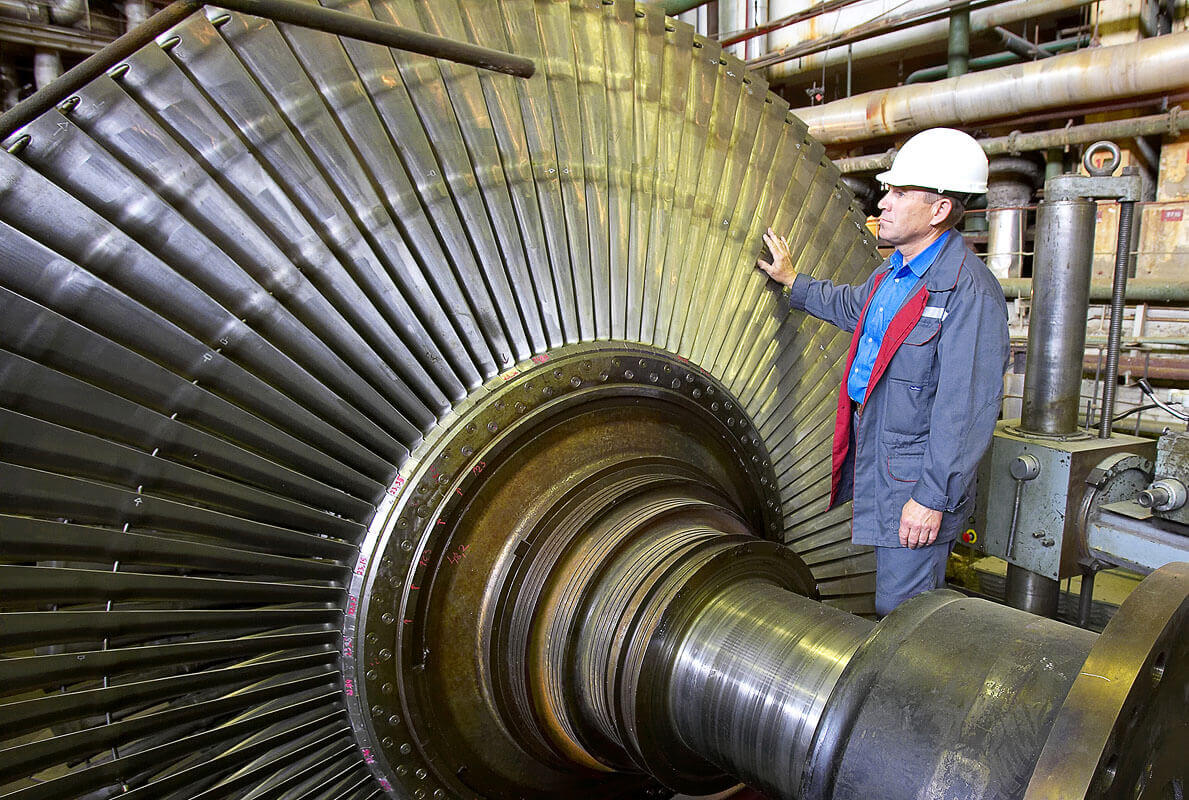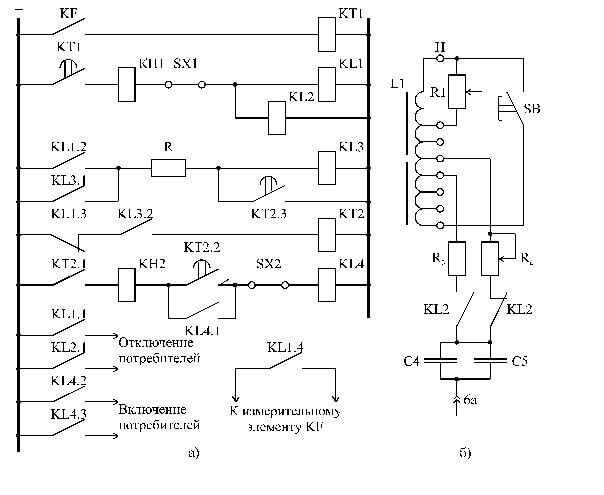What is automatic frequency unloading and why is it needed
Why is AChR necessary?
To begin with, an alternating current with a frequency of 50 Hz flows in domestic power grids. This is its nominal value, deviations of no more than 1%, i.e. 0.5 Hz, are permissible. With a lack of active power consumption and an excess of reactive frequency drawdown may begin. Where it leads? To an avalanche-like further decline in frequency and accident, we consider them in more detail:
- With frequency, the rotation speed of asynchronous and synchronous motors will decrease. At the power plant, this will lead to a decrease in the performance of water pumps for own needs - for filling boilers and cooling powerful electric machines.

- When steam turbines operate at a lower frequency, the following can happen - a group of blades will go into resonance and begin to vibrate and collapse.

Due to the reduction in the speed of the electric motors of the pumps and mechanisms of the power plant, its power also decreases, because of this the frequency decreases even faster, which is why this is called an avalanche of frequency.
These problems lead to accidents up to the global scale if this happens at nuclear power plants, for example. Therefore, in order to resume work in the nominal mode, consumer groups are switched off one by one. For this, an automatic frequency unloading system — AChR — is used.
Conclusion: The AChR is established where a shortage of active power can occur.
Classification
Before considering how automatic frequency unloading works, let's get acquainted with its types:
- AChR-I - high-speed protection. The frequency setting range for the AChR-1 is in the range of 46.5-48.8 Hz, and for the AChR of the special queue it is 49.0-49.2 Hz. By response time - 0.15-0.3 s. Wherein selectivity of protection should exclude the operation of automatic frequency unloading during short circuit.
- AChR-II. It can be combined and not combined. The part of consumers that the combined one disconnects is included in the AChR-1 volume. The frequency range of the AChR-2 lies in the range 48.7-49.1 Hz. It coincides with the range of the first AFR, but differs in the time setting, namely from 5 to 90 seconds. Such a response time is permissible if the equipment can operate at a frequency of 49.2 Hz or more without harming systems and nodes. In this case, turning them off to speed up the process of returning to the nominal frequency does not make sense
- ZACHR - installed at nuclear power plants, triggered at a frequency of 49.2 Hz for 0.5 s.
The figure below shows the response graph of AChR-1 and AChR-2:
And the response schedule, depending on the rate of frequency reduction:
Operating principle
Automatic frequency unloading has the following principle of operation. When the frequency drops below the nominal one, consumers of the third or second category of power supply begin to turn off. This is necessary to return the first category to normal power mode. The shutdown takes place stepwise according to various frequency and time settings.
Steps are needed in order to minimize interruptions in power supply to consumers, since not in all situations the process of frequency drop develops so critically that global shutdowns need to be made. And also they are needed in order to exclude its operation during short circuits on the line. Consumers are evenly distributed on the steps according to their capacity.
Automatic frequency unloading was based on a frequency relay. To organize the disconnection of consumers, you need to categorize them and, respectively, according to TP and RU according to purpose. Otherwise, selective disconnection is more difficult to implement.
In addition to the fact that consumers need to be disconnected from the mains, it is necessary to ensure their repeated switching on. For this there is a system of frequency automatic repeated switching on - ChAPV. It is also worth noting that at present, purely relay circuits are rarely used, they can be found in old facilities that have not undergone reconstruction. The microprocessor systems of automatic frequency unloading are mainly used. They allow you to more accurately configure the response when disturbing influences.
Conclusion
To summarize and answer in simple terms, where and in which cases the automatic frequency unloading system is used. AChR is used in the energy sector to prevent accidents at power plants due to an avalanche-like decrease in the frequency of electric current in the network. This can happen due to the fact that the balance of active and reactive capacities is violated.
The main task before automatic frequency unloading is to turn off the consumer groups one by one according to the categories of power supply, so as not to cause significant downtime and accidents at the enterprises powered by this line.
To consolidate the studied material, we recommend watching a useful video on the topic:
Related materials:











